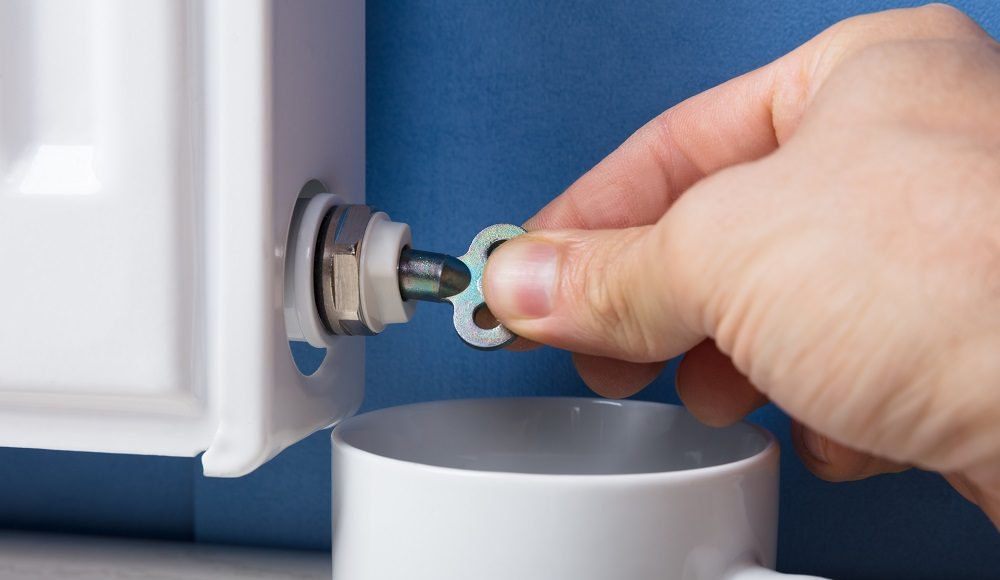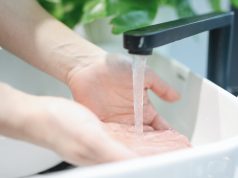Bleeding a radiator is one of those jobs that sounds relatively easy to do on the surface, but we’re always a little nervous about getting it wrong and causing a leak. It’s also one of those jobs that are essential when keeping your entire central heating running efficiently and effectively.
Why is it important to bleed a radiator?
Perhaps your radiators aren’t feeling as hot as they used to, or they’re beginning to make an odd gurgling noise every time they attempt to heat up. This happens because of trapped air inside, which moves around and prevents the water from being heated up within it. When you have trapped air inside, that’s a sign that you need to bleed your radiator as soon as you can.
How to bleed a radiator?
To ensure your radiators are always working as they should be, you need to bleed them. Follow these steps to ensure you always bleed your radiators correctly and safely.
Check your radiators.
To make sure you’re only bleeding those radiators that need it, you should first turn on your heating as you normally would and allow it to heat up fully. You can then visit each radiator in turn and feel them to see if they have any cold spots. Cold spots on a radiator indicate that there is trapped air, which needs to be removed.
Wait for your radiators to cool.
Before you start bleeding your radiator, wait for them to be completely cool. You’ll release some water in the process; it’s better to release cold water than scolding hot water that can cause damage or injury. When your radiators have been off for a couple of hours, you’re ready to start.
If you don’t turn off your central heating system entirely before you start, there is still the chance of more air getting caught inside the radiator. This will make successfully bleeding your radiator more difficult.
Get a suitable key.
Before you can bleed your radiator, you’ll need a key to fit your radiator valve. There are numerous stores that will stock radiator keys, but if not, a flat head screwdriver can work in a lot of cases. You should also prepare your area and make sure you have something to wipe any spillages and keep the area safe.
Make sure you have a bowl or something similar ready to catch water that is released when bleeding the radiator. Putting a towel on the floor can also help to soak up any access water.
Release the air using the key.
Put the radiator key on your radiator valve, usually located at the top, and turn it anti-clockwise. Make sure you hold your bowl underneath the valve to catch the water. You may hear a hissing sound as you do this – that will be the air escaping from the radiator itself.
Don’t open the valve quickly – do it slowly to ensure you have complete control of the situation and avoid any accidents or large leakages. When the water has stopped dribbling, you can turn the key clockwise again on the valve to close it once more. Wipe away any access water.
Check the valves and turn on your heating.
Double check that all your valves are securely fastened and turn on your central heating system once more. Go around your radiators again and feel for cold spots. The problem should be fixed, but if they’re still showing signs of problems, then it may be worth calling out a professional to help diagnose the problem.
Follow these tips for bleeding a radiator successfully!
If you’re having trouble with bleeding your radiators or you’re unsure how to do it safely, follow our guide. It’s an easy enough job to carry out on your own and can prevent a professional from coming out to do it for you, saving time and money in the process.
TIP: Do you know modern house owners are installing digital thermostatic radiators? Since it allows you the full control independently even if you are not at home. If someone is eligible for a government backed central heating grant then an A rated boiler and a thermostatic radiator will be installed for free of cost. Check your eligibility today whether you qualify for a central heating grant.
















